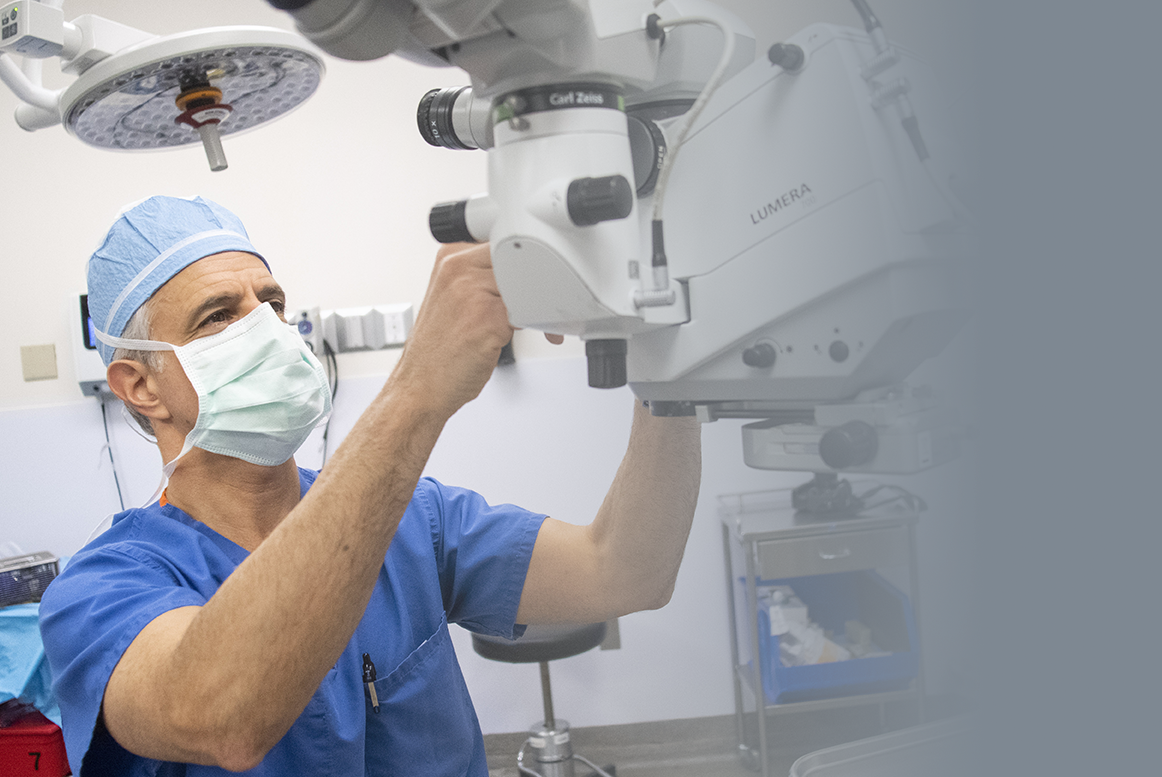

The practice will need to repay the balance of any borrowed amount at 1-percent interest, beginning within six months and ending within two years.ĭr. Under the loan terms, the portion of the PPP loan that meets payroll will be forgiven by the federal government and must meet 75 percent of the total loan value. Vander plans to apply his practice’s loan to the cost of payroll (except for employees earning more than $100,000 per year) and approved administrative expenses, paying for two month’s worth of these costs. Like the president of any other small business affected by the pandemic, Dr. Mid Atlantic is categorized by the SBA as a “small business concern,” which is usually (but not always) defined as having 500 or fewer employees. Mid Atlantic qualifies for the PPP loan because it remains a private practice, as opposed to being a part of a private equity firm, which would’t qualify for these loans. An additional $310 billion allocation was approved by Congress to replenish the PPP as part of a $484 billion coronavirus relief bill fund for distressed businesses and individuals when this issue of Review was being printed. The PPP is part of the $2.2 trillion Coronavirus Aid, Relief, and Economic Security Act (CARES Act), signed into law on March 27, which is designed to provide assistance to small and large businesses and displaced workers affected by the pandemic’s nationwide shutdowns in March through May. Jim Vander, MD, president of Mid Atlantic Retina, the Retina Service for Wills Eye Hospital, which has 18 locations in Pennsylvania, New Jersey and Delaware, says his independent private practice responded to the slowdown by submitting a successful application for a Paycheck Protection Program loan before the PPP’s initial $349 billion offering ran out of funds in mid-April, two weeks after the loan program was launched. We hope to provide guidance targeted at returning to practice in the same way that we provided guidance regarding practicing during the earlier stages of pandemic.”

Our hope is that surgeons can get back on their feet by adapting to our new way of practicing.

Some retina practices went weeks without seeing any patients. “But that first month of significantly reduced care involved a lot of sacrifice that’s left lasting effects.

Murray, who is also founding director and CEO of Miami Ocular Oncology & Retina. “We needed to put those temporary restrictions in place to help get the disease somewhat more under control,” says Dr. While we closed routine practice nationally, we will open locally.” ( See “Reopening Ophthalmology and America” below.) Parke II, the chief operating officer of the AAO, announced in an emailed letter to all AAO members that it was “time to consider the process of reopening ophthalmology care,” based on “local and state governments, on public health authorities interpreting local patterns of disease, on testing availability, on institutional policies and ultimately on individual ophthalmologists. On April 17, however, after the release of White House guidelines on “Opening Up America Again,” David W. Many retinal surgeons cut chunks out of their schedules even before March 18, when the American Academy of Ophthalmology, representing the consensus of the American Society of Retinal Surgeons and all other major societies in ophthalmology, urged ophthalmologists to suspend routine patient visits and restrict their activities to emergent or urgent care/surgery. Murray and other experts offer advice to help you resume-or prepare to resume-patient care, depending on your local circumstances. Here, as COVID-19 continues its ever-branching and uneven penetration of the national patient population, Dr. “We have the needed flexibility, nimbleness and practice discipline to keep our patients and ourselves safe-and also cease operations or ramp back up up, as needed, in response to local epidemiological data and other inputs. “Many of us practice medicine in small groups, following strict infection control measures and performing outpatient procedures,” he says. Now that the moratorium is over-with retinal specialists and other ophthalmologists planning a phased, regional return to work under the guidance of public health experts and local government leaders-he believes retinal specialists will be able to step up and meet pent-up demand for care without undermining efforts to flatten the regional curves of the deadly pandemic. Murray, MD, MBA, President of the American Society of Retina Surgeons, knew he was insisting on seemingly unforgiveable-but necessary-medicine for his colleagues when he participated in the creation of a now-infamous virtual “ban” on routine patient visits and all surgeries except for emergent/urgent procedures during the first month of the COVID-19 outbreak.


 0 kommentar(er)
0 kommentar(er)
